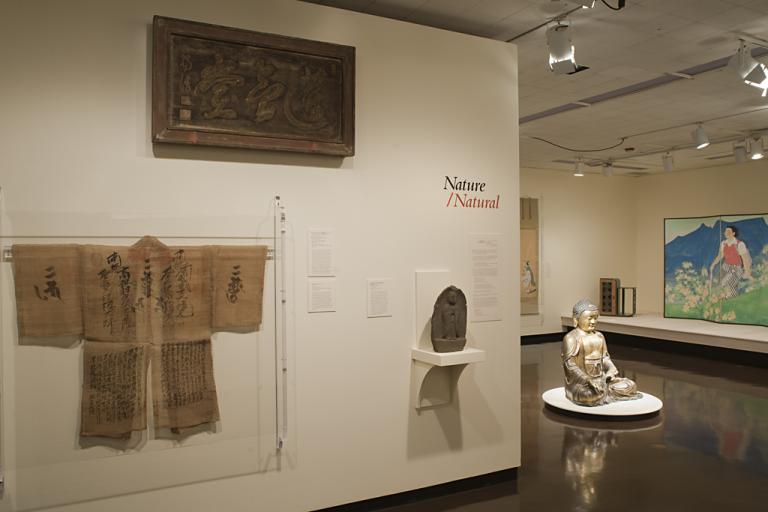Karasu Tengu (Crow Tengu), Ōhara Donshū
Artwork Overview

Ōhara Donshū, artist
died 1857
Karasu Tengu (Crow Tengu),
late 1800s–early 1900s, Meiji period (1868–1912) or Taisho period (1912–1926)
Where object was made: Japan
Material/technique: ink; paper
Dimensions:
Image Dimensions Height/Width (Height x Width): 123 x 49 cm
Image Dimensions Height/Width (Height x Width): 48 7/16 x 19 5/16 in
Mount Dimensions (Height x Width x Depth): 191.4 x 63.2 cm
Mount Dimensions (Height x Width x Depth): 75 3/8 x 24 7/8 in
Image Dimensions Height/Width (Height x Width): 123 x 49 cm
Image Dimensions Height/Width (Height x Width): 48 7/16 x 19 5/16 in
Mount Dimensions (Height x Width x Depth): 191.4 x 63.2 cm
Mount Dimensions (Height x Width x Depth): 75 3/8 x 24 7/8 in
Credit line: Gift of the Japanese Art Research Fund
Accession number: 1983.0014
Not on display
If you wish to reproduce this image, please submit an image request






